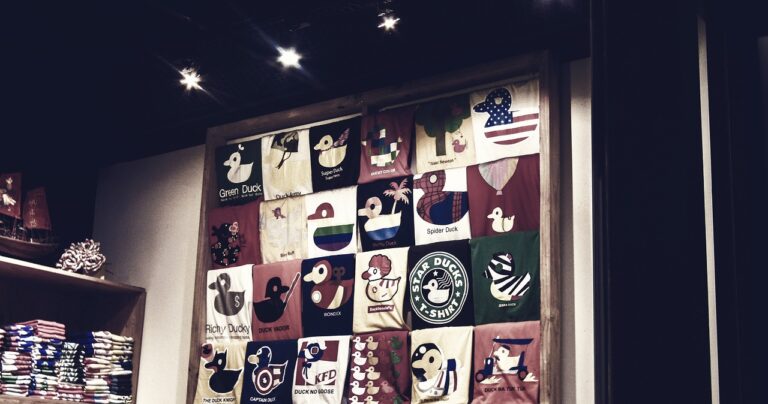Fashion and Sustainability: Ethical Alternatives to Leather and Fur
Limited availability of the new product has left many customers disappointed. With only a small number of units produced initially, the demand has far exceeded the supply. Customers have been expressing frustration over not being able to get their hands on the product despite their eagerness to purchase it. The company has acknowledged the issue and is working to ramp up production to meet the overwhelming demand.
The limited availability has also resulted in increased speculation and resale of the product in secondary markets at significantly higher prices. Some opportunistic individuals have taken advantage of the situation by purchasing the product at retail price and reselling it at a steep markup. This has further exacerbated the issue for genuine customers who are willing to pay the retail price but are unable to secure a unit due to the actions of resellers.
• The limited availability of the new product has caused disappointment among customers
• Demand has exceeded supply due to only a small number of units being produced initially
• Customers are frustrated at not being able to purchase the product despite their eagerness
• The company is working on increasing production to meet the high demand
• Limited availability has led to increased speculation and resale in secondary markets
• Some individuals are taking advantage by reselling the product at much higher prices
• Genuine customers willing to pay retail price are unable to secure a unit due to actions of resellers
Higher prices
Consumers are facing the harsh reality of higher prices across various industries. From groceries to gasoline, the cost of goods and services has been steadily increasing. Many are finding it challenging to maintain their standard of living as inflation continues to drive prices upward.
One of the main factors contributing to these higher prices is the rise in production and transportation costs. Companies are passing on these additional expenses to consumers, resulting in inflated price tags on everyday items. With no immediate relief in sight, individuals are forced to adjust their budgets and spending habits to accommodate the higher costs.
Lack of awareness
Many consumers remain uninformed about the particular challenges faced by small-scale farmers in developing countries. This lack of awareness often stems from a disconnect between the production process and the end product on supermarket shelves. Without this understanding, consumers may not fully appreciate the efforts and hardships endured by farmers to bring food to their tables.
Moreover, the complex supply chain of agricultural products can further obscure the origins of these goods. As products make their way through various intermediaries, crucial information about the farmers and their practices can be lost. Without access to transparent and traceable sourcing information, consumers may struggle to make informed decisions that align with their values and priorities.
Why is there limited availability of the product?
The limited availability could be due to various factors such as production constraints, distribution challenges, or high demand.
Why are the prices of the product higher than expected?
The higher prices could be a result of limited supply, increased production costs, or other market factors influencing pricing.
How can consumers become more aware of the product?
Consumers can become more aware of the product through marketing efforts, social media campaigns, word-of-mouth recommendations, and engaging with the brand directly.







